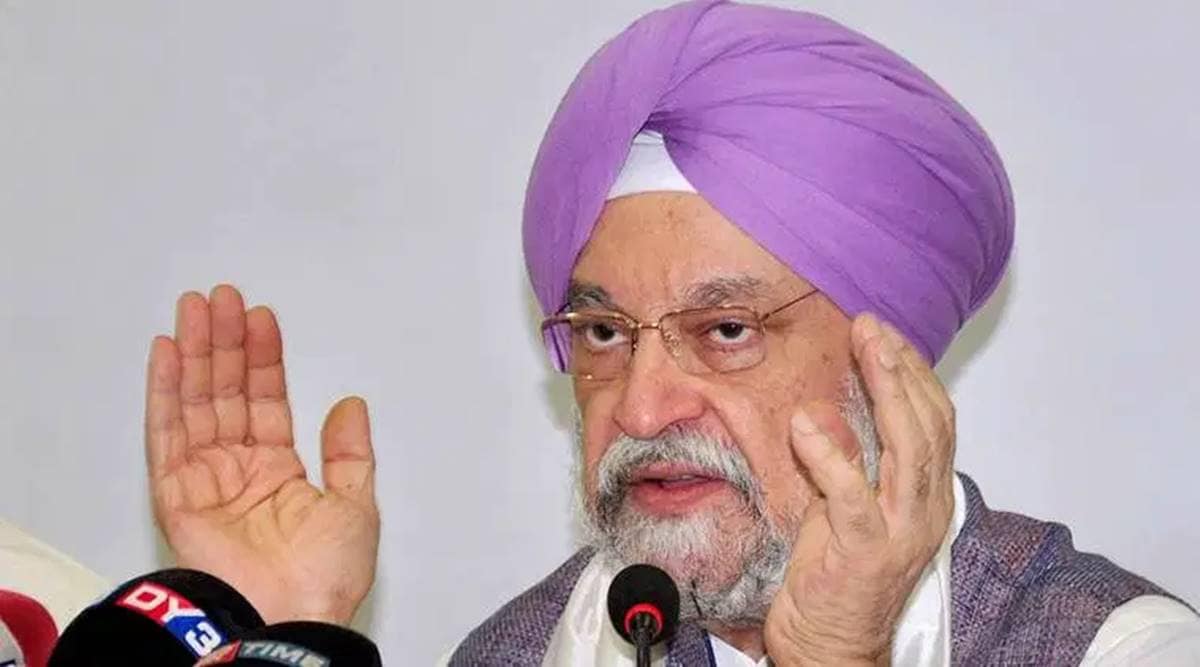Municipal planning has also been highlighted by the report as having "fallen short".
Noting that the financial autonomy of municipalities across the country is “far from being achieved”, a new report by the Ministry of Housing and Urban Affairs recommended a Constitutional amendment to address the problems faced by Indian cities.
While the 74th Constitutional Amendment Act — instituted almost three decades ago to allow for decentralised urban governance — has enough provisions to address the problems facing cities today, the report states, local bodies’ functions have to be enacted by state legislatures, “which has compromised the uniform implementation of the Act.”
“Thus, critically speaking, the 74th Constitutional Amendment cannot adequately address the problems that face Indian cities today. Even though the law has creative solutions to address the problems, it lacks proper implementation. And even when the laws are implemented, there is a lack of autonomy in these urban local governing bodies’ decision-making. For this, the constitution has to be amended …” the Municipal Performance Index by the Smart Cities Mission states.
Only 20 cities out of the 111 cities surveyed have the power to borrow and invest funds without state approval, the report finds. “This is a serious blow to the goal of the 74th Constitutional Amendment Act … Inherently, major financial decisions of municipal bodies are taken by state governments, and not the municipal office-holders themselves,” the report states.
Also, the report suggests creating a five-year mayoral term across India and consolidating planning, development, housing, water, and environment activities to report to municipalities rather than State governments across the country. As the financial autonomy of cities varies by state municipal laws, the report finds that cities with more financial autonomy fare better in service and governance delivery.
While cities have showcased strong fiscal responsibility and budgeting in the report, expenditure management (or the measure of efficient usage of Central and State grants) show lower scores. Cities are more efficient at utilising state grants than central ones, it found.
Also, half of participating municipalities generate less than 23 per cent of their total revenue themselves. Half of the cities generate 80 percent of their revenue through taxes alone, while 14 are solely dependent on taxes for their revenue. The vast majority (95 per cent) are able to raise only less than five per cent of their earnings and borrowings through alternate sources of financing, excluding state and central grants.
Highlighting the minimal paths for city finance beyond State and Central allocation, the report suggests shifting revenue sources from the State to the city. It also recommends actualising the roles of ward committees in the planning process, as they were envisioned in the 74th CAA.
One of the issues highlighted in the report is a low credit rating for the majority of Indian municipalities, especially those with less than a million population. “Urban governance becomes heavily dependent on the allocation of State and Central grants, as lenders would also have a preference for big cities that can generate the capital to fund their borrowings from the market. This potentially also dampens the creation of cities as self-sustaining economic units of governance, that can take up challenges in urban governance by itself,” the report states.
Municipal planning has also been highlighted by the report as having “fallen short”.
Plan preparation surveys (including land use plans, local area planning, and GIS mapping) found that 27 municipalities have not updated their development or master plan in a decade and only 31 have plan implementation through town planning schemes.
Plan implementation analyses found that 91 cities do not have plans tilting laws, 78 cities do not have land pooling, and 60 do not incentivise green buildings.
“Plan Enforcement appears to be a contentious point across all of these cities. Municipalities such as NDMC, Hyderabad and Bengaluru have scored low in this sector. As these cities have grown exponentially to meet the demand of rapid economic growth, a significantly low score in terms of Plan Enforcement could point to the presence of informal planning networks, that operate beyond the formal planning structures in place. This could further imply the lack of municipal personnel and staff to effectively implement and enforce norms and regulations in growing metropolitan hubs,” the report said.
Contrastingly, cities performed better within the Services vertical, especially in education, and registration & permits. However, within this vertical, health performance was the “least impressive”, the report says, highlighting the rise of non-communicable diseases such as diabetes, hypertension, cancers, outbreaks of seasonal illness, accidents and injuries, and air pollution conditions.
Areas that needed improvement were water and waste water parameters as well as solid waste management and sanitation.
Education, despite not being a distinct legal mandate of many cities, has still seen “considerable success,” the report says.
Certain technology parameters, such as digital literacy and digital access, also rated very low across cities in the index and across regions.
The Municipal Performance Index found top cities over 1 million population to be: Indore, Surat, Bhopal, Pimpri Chinchwad, and Pune. The last five, from highest to lowest, were: Aurangabad, North Delhi MC, Srinagar, Kota, and Guwahati.
For cities with less than a million people, the top of the list is: New Delhi MC, Tirupati, Gandhinagar, Karnal, and Salem. The bottom, highest to lowest, is: Itanagar, Pasighat, Kohima, Imphal, and Shillong.
Bengaluru, Pune, Ahmedabad, Chennai, and Surat have topped the Ease of Living Index of cities with over a million population. At the bottom of this list are, from highest to lowest, are: Amritsar, Guwahati, Bareilly, Dhanbad, and Srinagar.
For cities with less than a million people, the top of the list is: Shimla, Bhubaneswar, Silvassa, Kakinada, and Salem. The bottom of the list is: Aligarh, Rampur, Namchi, Satna, and Muzaffarpur.
Source: Read Full Article


